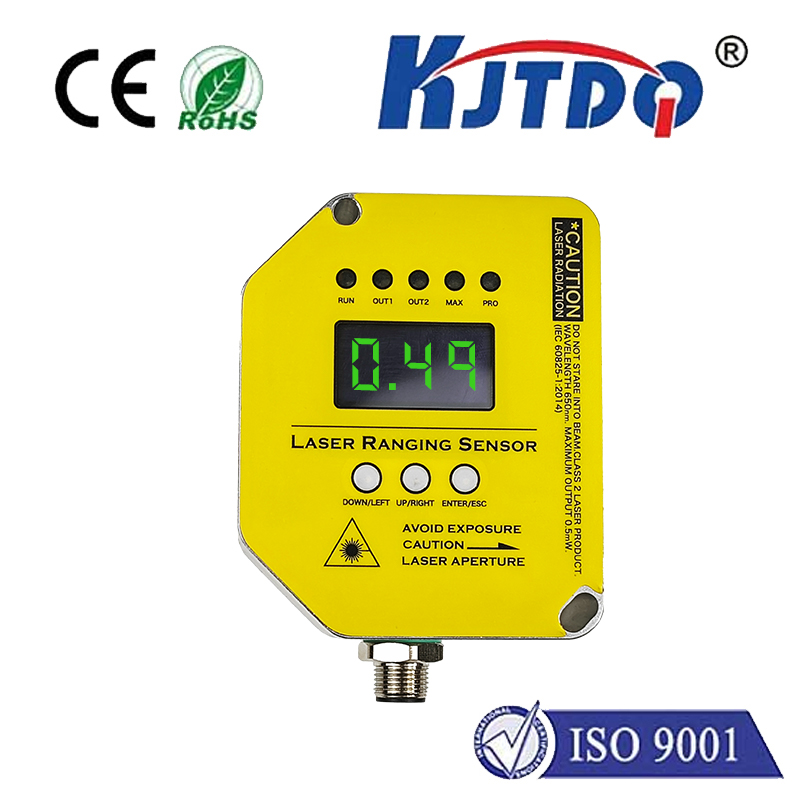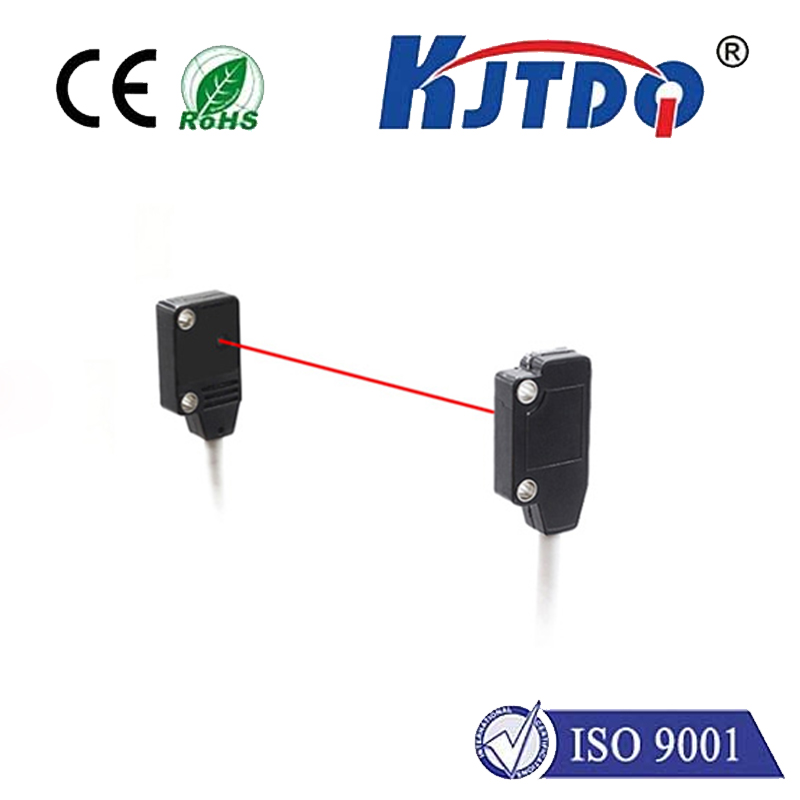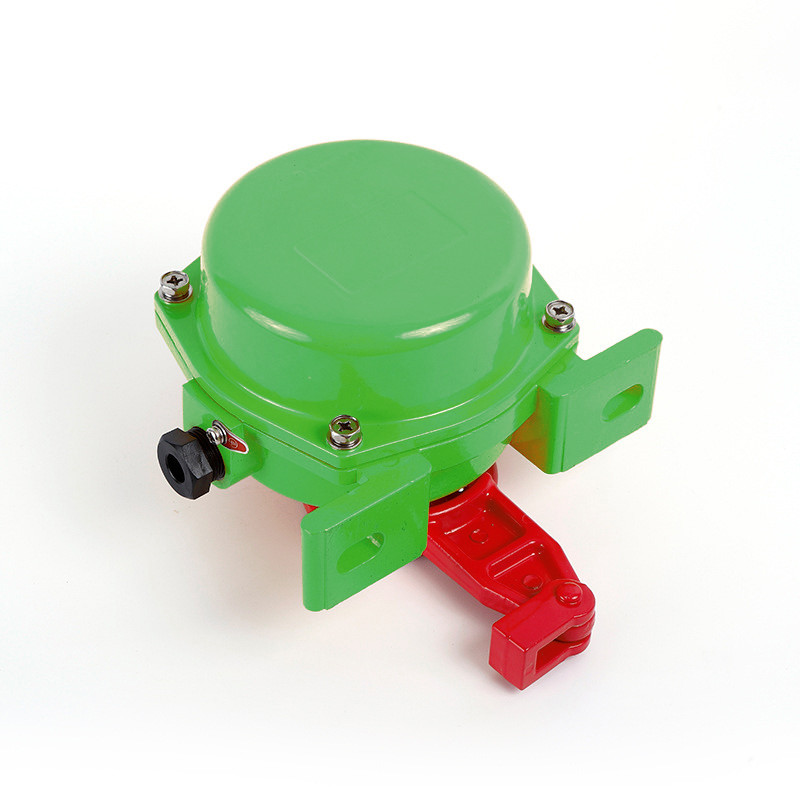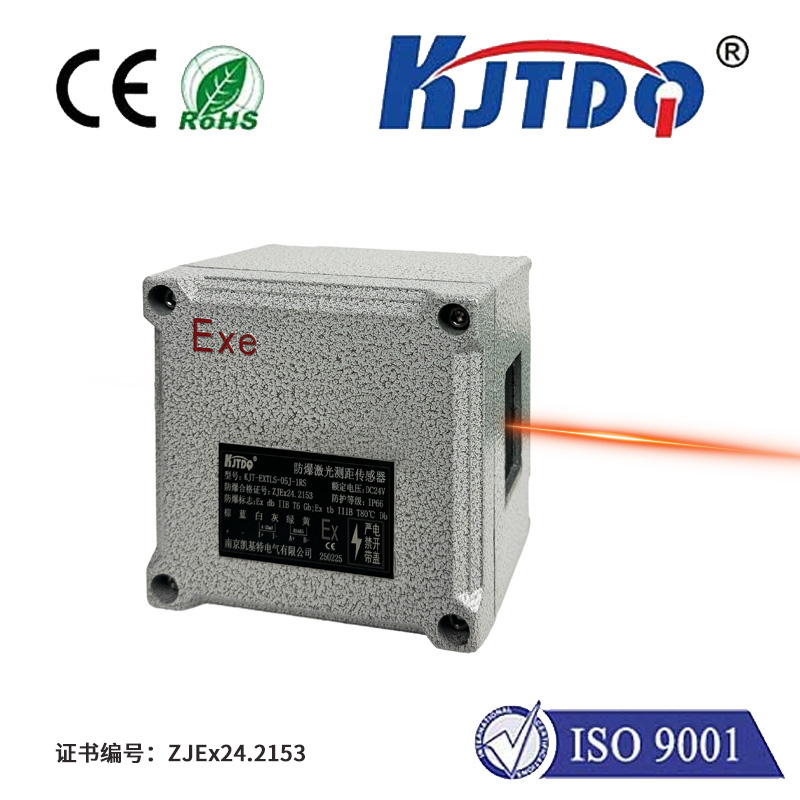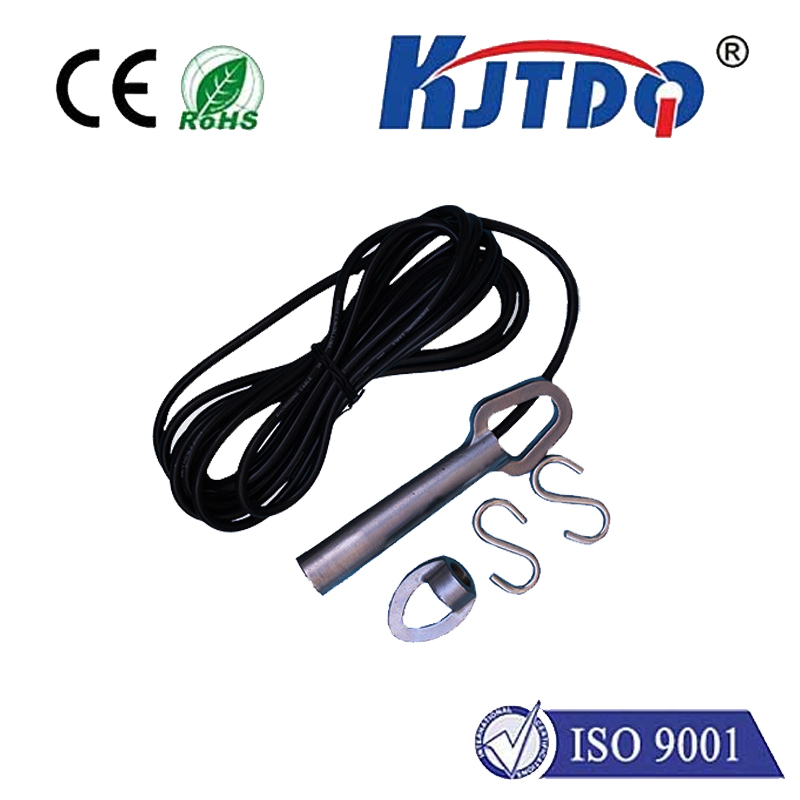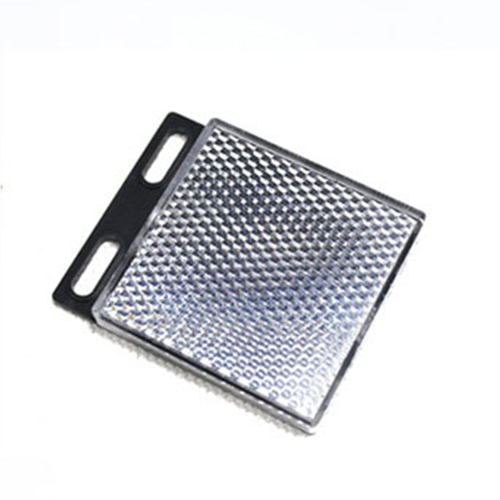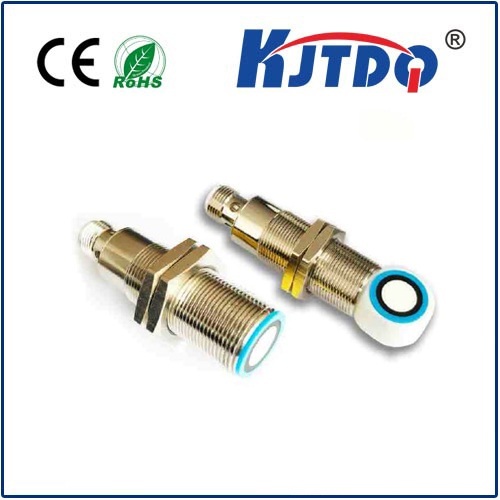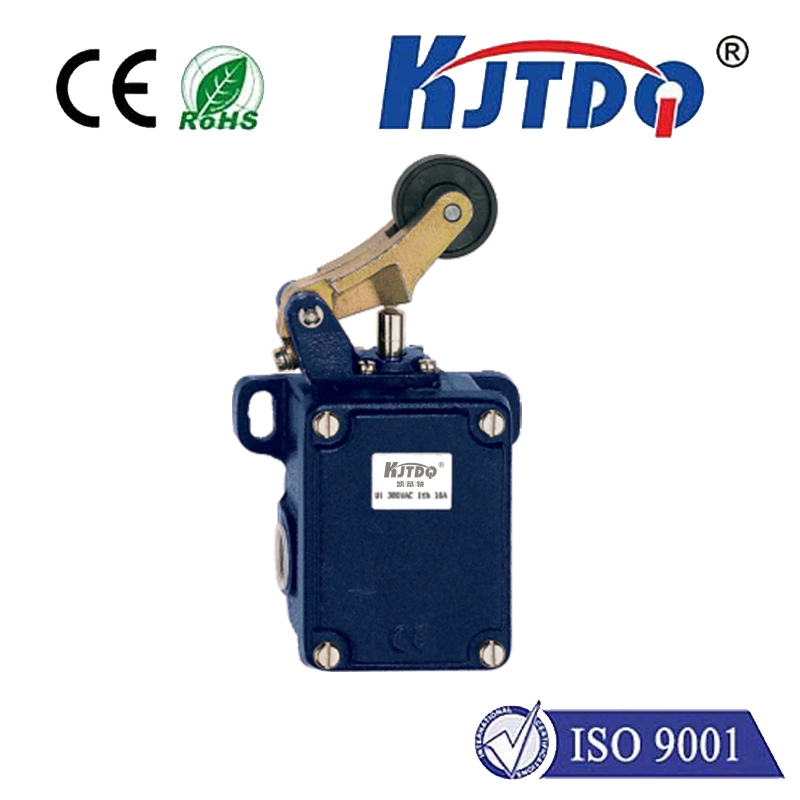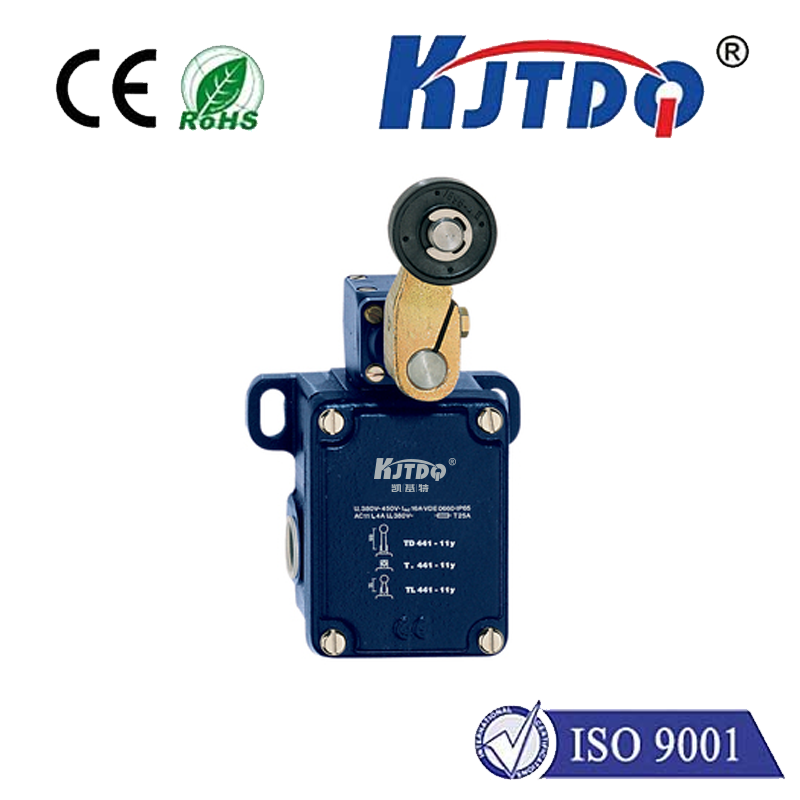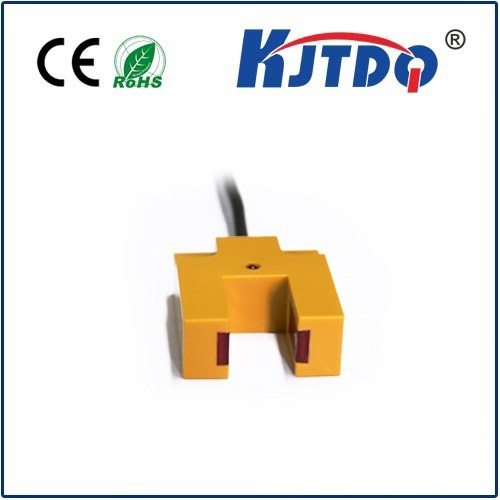

check

check

check

check

check

check

check

check

check

check
In today's rapidly evolving technological landscape, inductive proximity switch sensors have emerged as essential components of numerous systems. These small devices play a critical role in various applications, from automated manufacturing processes to home automation systems. This article explores the role of inductive proximity switch sensors, their functionalities, and future implications.
Section 1: What are Inductive Proximity Switch Sensors?
Inductive proximity switch sensors are electronic devices that detect the presence or absence of an object by measuring changes in electromagnetic fields. These sensors use a magnetic coil to create an alternating current (AC) magnetic field. When an object approaches the coil, it alters the AC field, causing a change in the electrical current flowing through the coil. This change is detected by the sensor and triggers an action based on predefined instructions.
Section 2: Applications of Inductive Proximity Switch Sensors
Inductive proximity switch sensors have a wide range of applications across industries, including:
a. Manufacturing: These sensors are used in assembly lines to control the movement of machines and ensure efficient production processes. They can also be used to monitor the status of equipment and detect potential failures before they become major issues.
b. Transportation: In car manufacturing and logistics, inductive proximity switch sensors are used to control traffic lights, door locks, and other safety features. They can also optimize loading and unloading procedures in warehouses and shipping facilities.
c. Home Automation: In homes and buildings, inductive proximity switch sensors enable the control of lighting, heating, and security systems. They can adjust room temperatures based on occupancy or detect when doors are unlocked or closed for extended periods.
Section 3: Functionalities of Inductive Proximity Switch Sensors
Inductive proximity switch sensors have several key functionalities, including:
a. Detection: These sensors can detect the presence or absence of an object within a specified distance.
b. Signal Generation: When an object approaches the coil, the sensor generates a signal that can be processed by the receiving system.
c. Data Processing: Inductive proximity switch sensors often include microcontrollers that process the signals generated by the sensor and execute predefined actions.
d. Flexibility: These sensors can be customized to fit different applications and work with various types of objects, such as metals, plastics, and even living organisms.
e. Long-range Detection: Some inductive proximity switch sensors can detect objects from a distance of several meters or more, making them suitable for large-scale industrial or commercial settings.
Section 4: Future Implications of Inductive Proximity Switch Sensors
As technology continues to advance, the capabilities of inductive proximity switch sensors are likely to expand further. Some possible future developments include:
a. Integration with Artificial Intelligence (AI): Sensors could be combined with AI algorithms to enhance their functionality and adapt to changing conditions or environments. For example, they could analyze data from multiple sensors to provide more detailed insights into system performance or make better predictions about future behavior.
b. Miniaturization: As miniaturization techniques continue to improve, sensors may become even smaller and more versatile
